Mumbai, often referred to as the financial capital of India, owes much of its economic strength to its bustling port. The Port Authority in Mumbai is crucial in managing this vital hub, ensuring it remains a key regional and global trade player. This blog delves into the port’s historical background, its importance in the regional economy, and an overview of its diverse activities.
Historical Background
The history of the Port Authority in Mumbai is deeply intertwined with the city’s growth as a major commercial center.
Established in the 19th century, the port was initially developed to serve British colonial interests, facilitating the export of cotton and other goods. Over time, it evolved into one of India’s most important maritime gateways.
The port’s strategic location along the Arabian Sea has made it a natural choice for trade, serving as a critical link between India and the rest of the world. By the mid-20th century, the port had expanded significantly, adapting to the growing demands of international trade.
Today, the Port of Mumbai is a symbol of India’s maritime legacy and ongoing commitment to global commerce.
Importance of the Port in the Regional Economy
The Port of Mumbai is more than just a transportation hub; it is a lifeline for the regional economy. Let’s discuss how the Port of Mumbai plays a crucial role in sustaining the regional economy.
- Economic Contribution: The port is a key contributor to the state’s GDP, supporting a diverse array of industries, including manufacturing, textiles, pharmaceuticals, and chemicals.
- Trade Facilitation: The port managed an impressive 67.26 million tonnes of cargo during FY 2023-24, surpassing its previous record of 63.61 million tonnes from FY 2022-23. This remarkable achievement underscores the port’s essential role in driving trade and supporting industrial expansion.
- Revenue Generation: The port’s operations generate significant revenue through tariffs, fees, and other charges, which are reinvested into regional development projects.
- Employment Creation: The port provides direct and indirect employment to thousands, further strengthening the local economy.
Overview of Port Activities
The activities at the Port of Mumbai are diverse and multifaceted, reflecting the complexity and scale of its operations.
The port handles a variety of cargo types, including containerized goods, bulk cargo, liquid bulk, and break-bulk. It is equipped with state-of-the-art facilities, including specialized terminals for handling petroleum, oil, and lubricants (POL), as well as container terminals that manage a significant portion of India’s import-export traffic.
In addition to cargo handling, the port also facilitates passenger services, with cruise terminals that welcome tourists from around the world. The port’s operations are supported by advanced logistics and warehousing services, ensuring that goods are efficiently stored and transported to their final destinations.
In the coming sections, we will explore the specific infrastructure, government structure, and facilities that make the Port of Mumbai a key player in global trade.
Are you Looking for door-to-door shipping quotes from Mumbai? Get a Quote from Intoglo Now!
Governance Structure
The governance structure of the Port Authority in Mumbai is essential to its efficient operation and strategic direction. This section will explore the role of the Mumbai Port Trust, the extent of government oversight, and the organizational hierarchy that ensures the smooth functioning of the port.
Role of the Mumbai Port Trust
The Mumbai Port Trust (MbPT) is the central body responsible for managing the Port of Mumbai. Established in 1873, MbPT operates under the Ministry of Ports, Shipping, and Waterways, Government of India.
Its primary role is to oversee the development, administration, and regulation of the port’s operations. This includes everything from maintaining infrastructure and managing cargo and passenger services to implementing safety and environmental standards.
MbPT is also tasked with ensuring the port’s competitiveness by adopting modern technologies and expanding its capacity to meet the demands of global trade.
Government Oversight
The operations of the Mumbai Port Trust are subject to stringent government oversight. The Ministry of Ports, Shipping, and Waterways plays a crucial role in guiding the port’s strategic decisions, ensuring that they align with national policies and economic goals.
Government oversight also extends to financial regulation, where audits and assessments are regularly conducted to ensure transparency and accountability.
Additionally, the government is involved in setting tariffs, regulating safety standards, and enforcing environmental regulations, all of which are crucial for maintaining the port’s operational integrity and sustainability.
Organizational Hierarchy
The organizational hierarchy of the Mumbai Port Trust is designed to facilitate efficient decision-making and operations. At the top of this hierarchy is the Board of Trustees, which includes representatives from the government, port users, labor unions, and other stakeholders.
The Chairman of MbPT, appointed by the Government of India, leads the board and is responsible for the overall strategic direction of the port. Below the Chairman, the organization is divided into several departments, each headed by a Deputy Chairman or Director. These departments include Operations, Finance, Engineering, and Human Resources, among others. Each department plays a critical role in the day-to-day operations of the port, ensuring that all activities are carried out efficiently and effectively.
In the next section, we will delve into the infrastructure and technological advancements that have propelled the Port of Mumbai to its current stature as a leading maritime hub.
Also Read: Rise and Growth of Jewelry Exports From India
Infrastructure
The infrastructure of the Port of Mumbai is a cornerstone of its operations, enabling it to handle vast amounts of cargo efficiently and effectively. This section will explore the port’s facilities and equipment, warehousing and storage capabilities, and its advanced cargo handling systems.
Port Facilities and Equipment
The Port of Mumbai is equipped with state-of-the-art facilities that cater to a wide range of maritime activities. The port features multiple berths, specialized terminals for different types of cargo, and deep-water docks capable of accommodating large vessels. The port’s container terminals are equipped with modern gantry cranes, automated stacking cranes, and other advanced equipment that ensure quick and efficient loading and unloading of ships.
Additionally, the port has dedicated terminals for handling liquid bulk, dry bulk, and break-bulk cargo, each outfitted with the necessary technology and infrastructure to manage these materials safely and efficiently. The port’s facilities are continuously upgraded to meet the growing demands of global trade, ensuring that it remains competitive on the international stage.
Warehousing and Storage
The warehousing and storage facilities at the Port of Mumbai are designed to support its extensive cargo handling operations. The port offers a vast array of storage solutions, including open storage yards, covered warehouses, and specialized facilities such as cold storage for perishable goods and secure storage for hazardous materials. These facilities are strategically located within the port complex to ensure the seamless transfer of goods between storage and shipping.
The port’s warehousing infrastructure is integrated with advanced inventory management systems, enabling real-time tracking of goods and efficient space utilization. This level of sophistication ensures that cargo is stored safely and is readily accessible for onward distribution.
In Search of a next-gen warehousing solution? Get an Instant Quote from Intoglo Now!
Cargo Handling Capabilities
Cargo handling is one of the key strengths of the Port of Mumbai. The port’s advanced cargo handling systems are designed to manage a wide variety of cargo types efficiently. For containerized cargo, the port utilizes automated cranes and container-handling equipment that can handle large volumes with minimal delays.
The port also has specialized equipment for handling bulk cargo, such as conveyor belts for dry bulk and pipelines for liquid bulk, ensuring that these materials are transferred quickly and safely.
The port’s break-bulk cargo facilities are equipped with heavy-duty cranes and forklifts to handle oversized and irregularly shaped cargo. These capabilities, combined with the port’s skilled workforce and efficient logistics systems, make the Port of Mumbai a critical hub for domestic and international trade.
In the next section, we will examine the operations and services that are driving the Port of Mumbai’s continued growth and success.
Also Read: Benefits and Types of Export Finance
Operations and Services
The Port of Mumbai’s operations and services are vital to its role as one of India’s most significant maritime hubs. This section will cover the port’s shipping and cargo services, logistics and transportation systems, and the robust security measures in place to ensure smooth and secure operations.
Shipping and Cargo Services
The Port of Mumbai offers a comprehensive range of shipping and cargo services, making it a key player in international trade.
The port handles various types of cargo, including containerized goods, liquid bulk, dry bulk, and break-bulk cargo. It operates 24/7, ensuring that ships can be loaded and unloaded quickly, minimizing downtime, and maximizing efficiency. The port’s container terminals are among the busiest in India, equipped with modern cranes and automated systems that facilitate rapid processing of cargo.
Additionally, the port provides specialized services for hazardous materials, perishable goods, and oversized cargo, ensuring that all types of goods are handled with the utmost care and precision.
Logistics and Transportation
The logistics and transportation network at the Port of Mumbai is highly integrated, providing seamless connectivity to various parts of India and beyond. The port is connected to major highways such as NH-3 (Mumbai-Agra), NH-4 (Mumbai-Chennai), and NH-8 (Mumbai-Delhi), as well as critical railways like the Central and Western Railway lines. This connectivity allows for the efficient movement of goods to and from the port, enhancing its role as a key trade hub in the region.
Intermodal transport links enable easy transfer of cargo between sea, road, and rail, reducing transit times and costs. The port also offers extensive warehousing and storage solutions, coupled with advanced inventory management systems that allow for real-time tracking of goods. These logistics capabilities ensure that cargo moves smoothly through the port, supporting both domestic distribution and international trade.
Port Security Measures
Security is a top priority at the Port of Mumbai, given the high value and volume of goods handled daily. The port employs a multi-layered security framework to safeguard its operations.
Physical security measures include perimeter fencing, controlled access points, and regular patrols by security personnel. The port is also equipped with an extensive network of CCTV cameras, motion detectors, and automated monitoring systems that provide continuous surveillance of the port’s premises.
Additionally, cybersecurity protocols are in place to protect the port’s digital infrastructure from cyber threats, ensuring the integrity and confidentiality of data. The Port of Mumbai complies with international security standards, such as the International Ship and Port Facility Security (ISPS) Code, which helps maintain a secure environment for global trade.
In the next section, we will discuss the economic impact of the port of Mumbai on the region.
Also Read: Procedures and Documents Required for Export
Economic Impact
The Port of Mumbai is not just a critical infrastructure asset; it is also a significant driver of economic growth for both the local and national economies. This section will explore the port’s contribution to economic development, its role in job creation, and its impact on trade and commerce.
Contribution to Local and National Economy
The Port of Mumbai plays a pivotal role in India’s economic landscape, particularly in the western region. The port generates substantial revenue through its various operations, including cargo handling, shipping services, and port-related activities.
Nationally, the port is a key contributor to India’s export and import activities, handling a significant portion of the country’s maritime trade. This influx of goods and services supports various industries, including manufacturing, retail, and logistics, boosting economic growth across the country.
Employment and Job Creation
The Port of Mumbai is a major source of employment, directly and indirectly supporting thousands of jobs. The port itself employs a large workforce, including dockworkers, administrative staff, security personnel, and logistics professionals.
Image Source: Apollo.io
Additionally, the port’s operations create numerous indirect jobs in related sectors such as transportation, warehousing, and manufacturing. This employment generation not only provides livelihoods for residents but also contributes to the overall economic stability and social development of the region, where the average share of the State in All-India nominal GDP is highest. The Per Capita State Income for 2022-23 is ` 2,52,389 as against ` 2,19,573 for 2021-22
Trade and Commerce Facilitation
The Port of Mumbai is a cornerstone of India’s trade and commerce, facilitating the movement of goods between India and the rest of the world. As one of the busiest ports in the country, it handles a wide variety of cargo, including essential commodities, industrial goods, and consumer products. The port’s efficient operations help reduce transit times and costs, making Indian goods more competitive in the global market.
Furthermore, the port’s strategic location and advanced infrastructure enable it to serve as a key gateway for trade with the Middle East, Africa, Europe, and Southeast Asia. By facilitating trade on such a large scale, the Port of Mumbai plays a crucial role in driving commerce and economic growth both regionally and nationally.
In the following section, we will explore the challenges faced by the Port of Mumbai and the future development plans aimed at addressing these challenges and sustaining its growth.
Also Read: Understanding the Original Bill of Lading
Future Developments
The Port Authority of Mumbai is focusing on future developments that are crucial for the port’s growth and sustainability. Below are key areas of focus:
1. Expansion Plans
The Port Authority of Mumbai is actively working on expanding its infrastructure to meet the growing demands of international trade. You’ll find that new terminals are being planned, and existing berths are being deepened to accommodate larger vessels. These enhancements are designed to increase the port’s cargo handling capacity, reduce congestion, and streamline operations.
As part of these expansion efforts, additional warehousing and storage facilities are also being developed to ensure the smooth flow of goods through the port.
2. Technological Advancements
In the coming years, the Port Authority is focusing on integrating advanced technology to improve efficiency. This includes the implementation of automation systems, such as AI-driven cargo management and smart port logistics. The port is also exploring the use of blockchain technology to enhance the security and transparency of transactions.
Real-time monitoring systems will soon be in place, allowing for better tracking and management of cargo, which will further increase the reliability and efficiency of port operations.
3. Sustainability Initiatives
Sustainability is a key priority for the Port Authority. Plans are underway to incorporate renewable energy sources, like solar and wind power, to reduce carbon emissions. You can expect to see improved waste management systems that emphasize recycling and minimizing the environmental impact of port activities.
Additionally, the authority is promoting eco-friendly transportation options within the port, including the use of electric vehicles and adopting green shipping practices, all aimed at contributing to a sustainable future.
Conclusion
The Port of Mumbai stands as a vital pillar of India’s maritime infrastructure, significantly contributing to both the local and national economy. The port continues to drive trade and economic growth in the region through its robust governance, advanced infrastructure, and forward-thinking strategies.
As the Port of Mumbai continues to evolve, ensuring efficient and reliable shipping solutions becomes more crucial than ever. For businesses looking to move Full Container Load (FCL) shipments from the USA to India, Intoglo offers a seamless door-to-door service that aligns with the high standards set by the Port Authority.
With Intoglo, you can trust that your shipments will be handled with the utmost care and efficiency, making it the ideal partner for your international shipping needs.


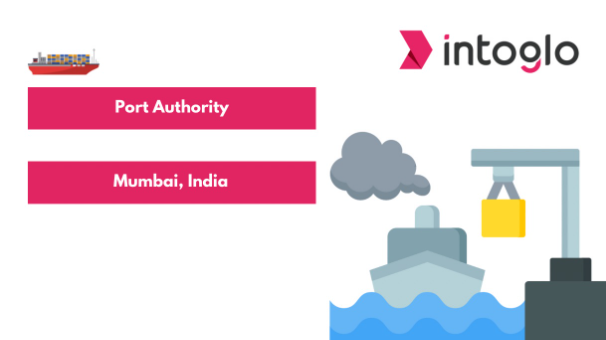
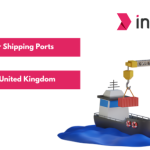
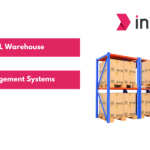
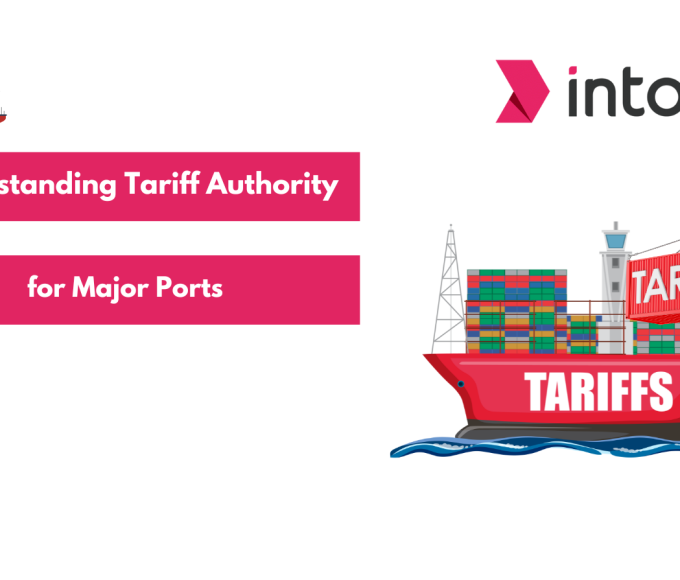
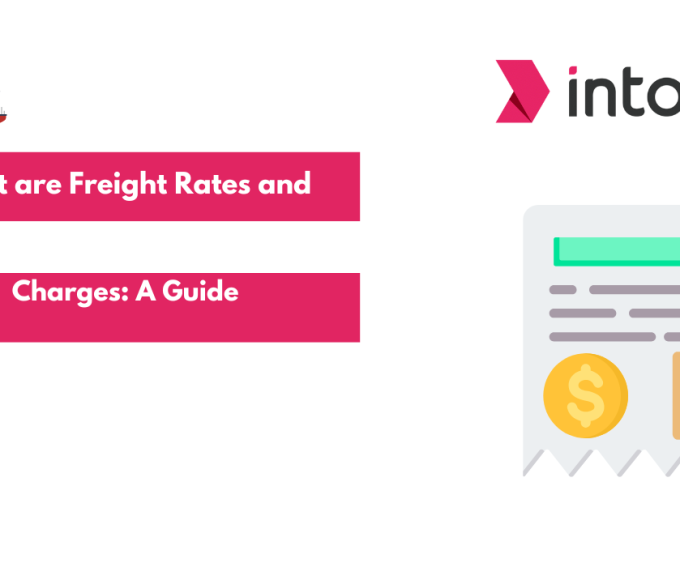
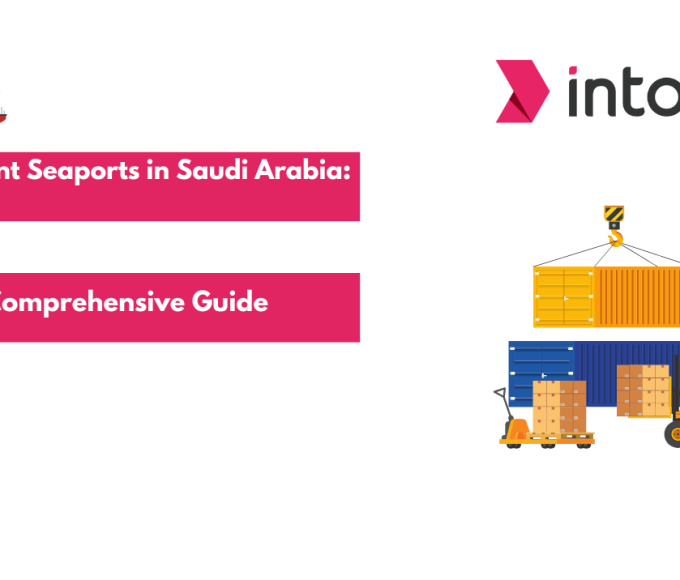
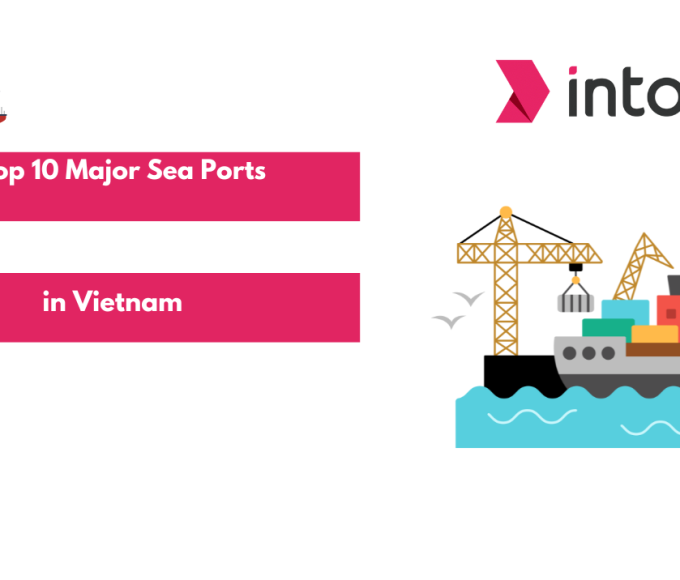
Leave a comment